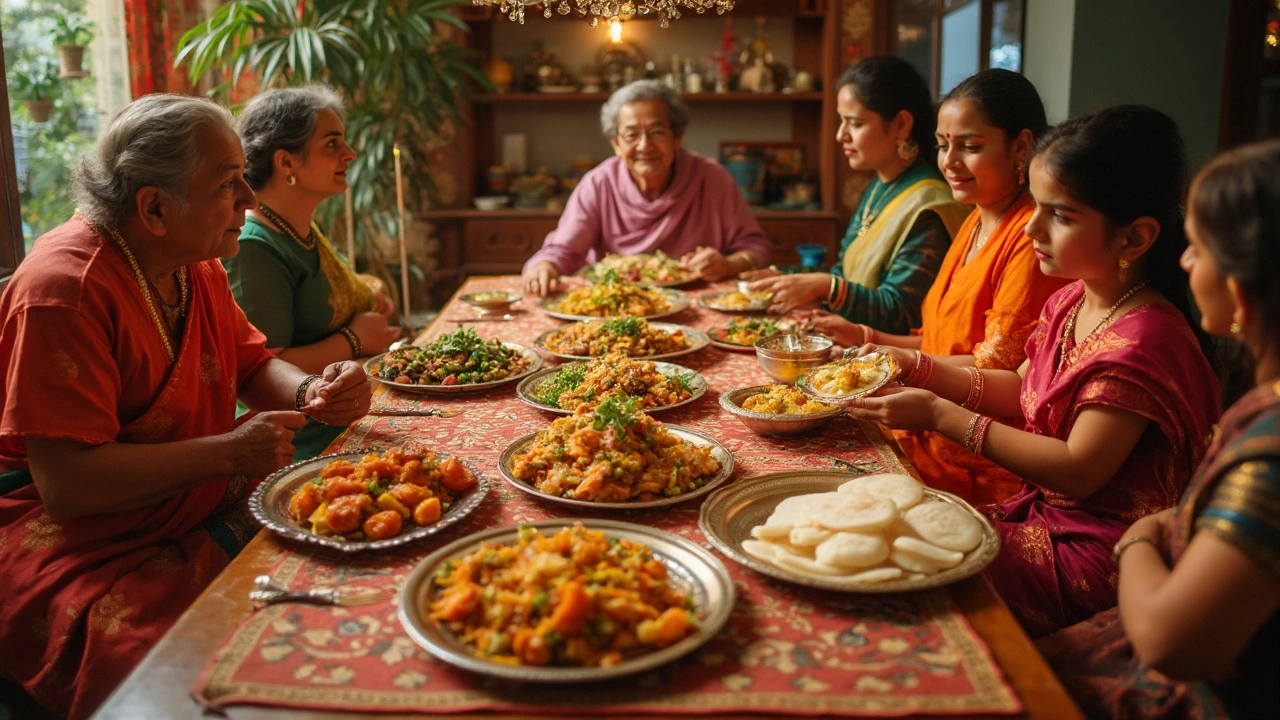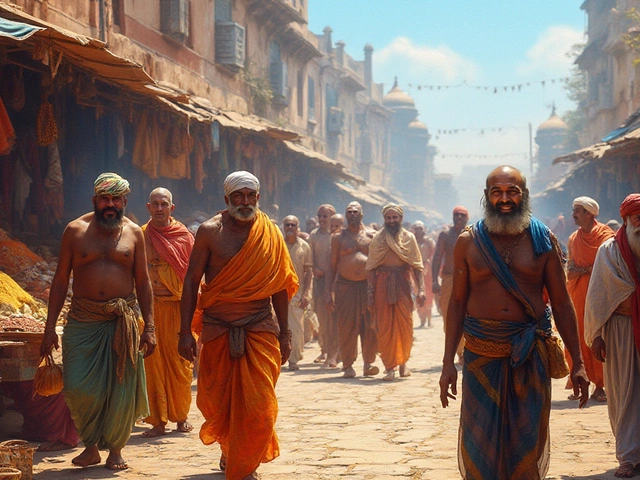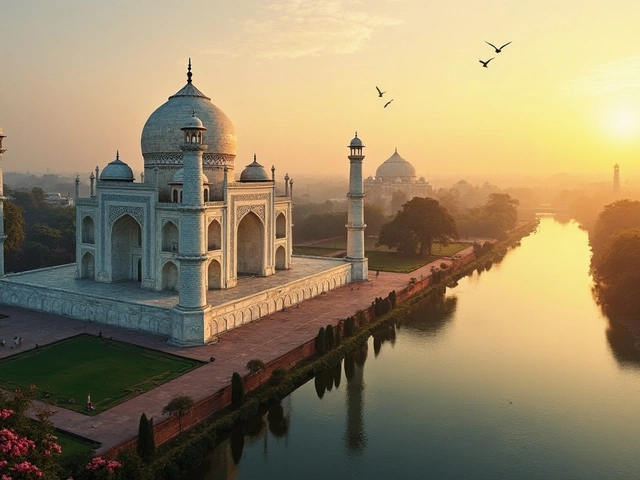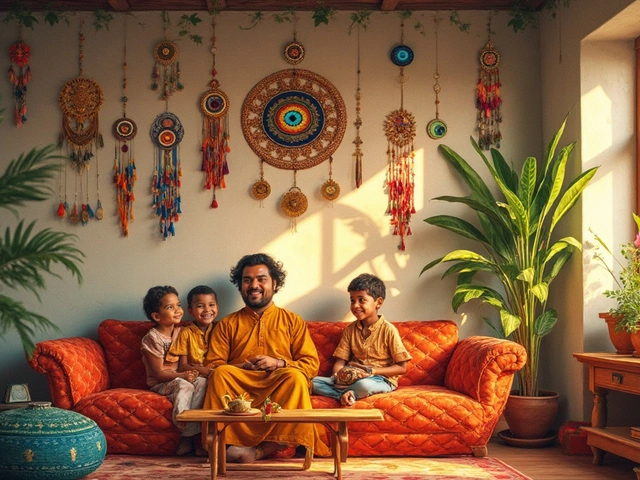Dietary Rules in India: What You Need to Know About Food, Faith, and Tradition
When you think about dietary rules, the structured food practices tied to religion, region, and social identity in India. Also known as food customs, these rules aren’t just about what’s on the plate—they’re about who you are, where you’re from, and what you believe. Unlike diets focused on weight loss or trends, India’s dietary rules are woven into daily life through centuries of tradition, scripture, and community. They guide what you eat, when you eat it, and sometimes even how you sit while eating.
These rules vary wildly across the country. In Gujarat, many people follow strict vegetarianism, a lifestyle rooted in non-violence and spiritual purity, especially among Jains and many Hindus. Also known as plant-based eating, it’s not just a choice—it’s a duty. In contrast, coastal Bengal sees fish as essential, even sacred in some rituals. Then there’s fasting—common during Navratri, Ekadashi, or Ramadan—where people abstain from grains, salt, or all food for days. These aren’t detox trends; they’re acts of devotion. Even the idea of mixing foods has rules: some communities avoid garlic and onions because they’re considered rajasic (overstimulating), while others use them freely. And don’t forget caste-based restrictions: in some regions, eating with or from certain people is still taboo, though this is fading fast in cities.
Religion plays a huge role. Hinduism, the dominant faith in India, ties diet to dharma—your duty to live in harmony with cosmic order. Also known as the path of righteousness, it means many Hindus avoid beef out of reverence for the cow, a symbol of life and motherhood. Sikhs generally eat meat but avoid halal slaughter. Jains take it further—no root vegetables, because pulling them up kills the plant and tiny organisms in the soil. Even in modern India, these rules stick. You’ll find hospitals serving sattvic meals to patients, schools serving only vegetarian food, and airlines offering special religious meals on request.
It’s not just about what you avoid—it’s about what you celebrate. During Diwali, sweets like laddoos and jalebis flood homes. In Tamil Nadu, rice is offered to gods before it’s eaten. In Punjab, langar feeds everyone, rich or poor, with no meat. These aren’t random traditions. They’re living systems that connect food to identity, community, and the divine.
So if you’re wondering why someone won’t eat garlic, or why a family skips meat on Tuesdays, or why a wedding menu has no eggs—it’s not arbitrary. It’s history, belief, and culture served on a plate. Below, you’ll find real stories and guides that break down these rules: from what’s banned in Indian markets to how regional diets shape health, and why fasting isn’t about hunger but holiness. This isn’t just about food. It’s about understanding how India lives, breathes, and worships through what it eats.





